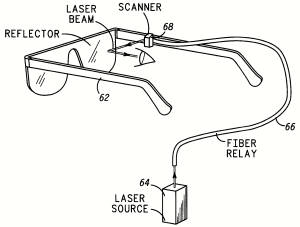A perfect storm for PicoP?
Portland's Vadio Inc. has been tapped by Vevo LLC, a music-video website partly owned by the world's two biggest record labels, to distribute content through online radio services including Richard Branson's Virgin Radio.
Vadio, a startup that seeks to turn Internet listeners into viewers, said it will also bring Vevo's more than 100,000 music videos to services hosted by Lachlan Murdoch's Nova Entertainment and European Media Group.
The goal of the partnership is to help Web radio services host music videos, which command higher rates for advertising, according to Vadio Chief Executive Officer Bryce Clemmer. Vevo's videos and the ads that appear on them will provide additional revenue as competition for listeners grows from streaming services such as Spotify Ltd. and Pandora Media Inc.
"What we're doing is taking any audio stream, something like iHeartRadio, Pandora or Spotify, and evolving it to video," Clemmer said in an interview. "Most content delivered through services like Pandora is audio content, and that's been very hard to monetize profitably."
Vevo, founded in 2009 and based in New York, is co-owned by Vivendi SA's Universal Music Group, Sony Music Entertainment, Google Inc. and Abu Dhabi Media Co. The service, which makes money from advertising and merchandising, has 227 million viewers worldwide and averages 5.5 billion monthly video views, as of December 2013.
Vadio is backed by current and veteran entertainment executives, including former NBC Enterprises President Ed Wilson and Robin Richards, the former CEO of Vivendi Universal Net USA Group Inc.
-Bloomberg News





.jpg)








